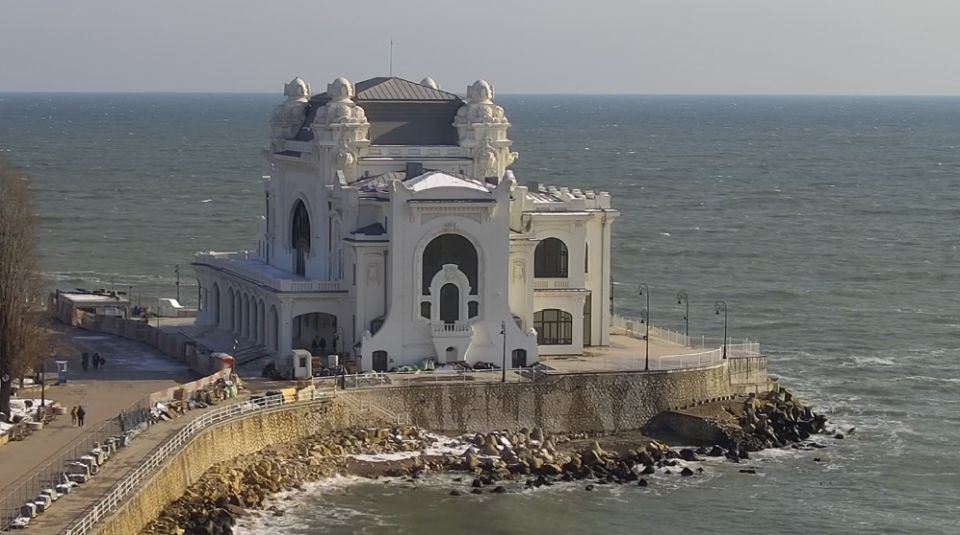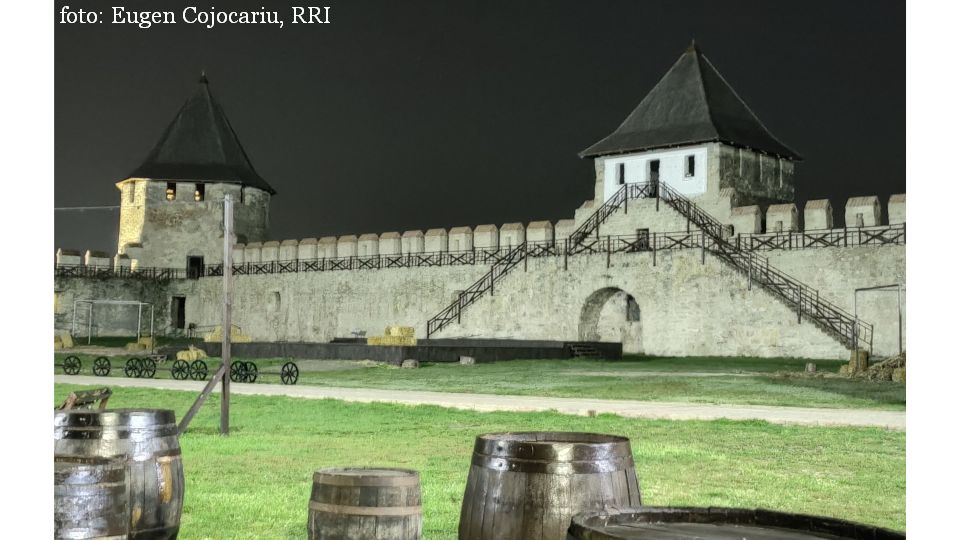Neamt Fortress
Located in north-eastern Romania, Neamt Fortress is a 14th century structure whose walls have survived to this day.

Ștefan Baciu, 01.07.2017, 13:59
Under the threat of the Ottoman Empire’s aggressive
expansion in the Middle Ages, the Romanian principality of Moldavia started
focusing on building defence fortresses. Some of them developed further in
time, turning into massive defence strongholds, which lasted for centuries. One
of these is Neamt Fortress, whose walls have made it to this very day, on the
outskirts of the town of Targu Neamt, in north-eastern Romania. The fortress
was erected during the reign of Petru Musat I, the first ruler of the Musatin
Dynasty, which Stephen the Great was also a member of. The building was first
documented in February 1395, during a military expedition carried out by
Sigismund of Luxembourg, King of Hungary, to Moldavia. Here is custodian Ioan
Butnariu telling us more about the history of the place:
Other rulers followed in the footsteps of Petru
Musat I. During the reign of his brother, Stephen I, the Neamt Fortress was
given the baptism of fire when the Hungarian troops headed by Sigismund of
Luxembourg crossed the Carpathians to turn Moldavia into a Hungarian province.
The fortress managed to resist the siege and the Hungarian troops were caught
and defeated by Stephen I. Stephen was followed by Alexander the Good, Stephen
the Great’s grandfather, who had a long a prosperous reign.
Stephan the Great’s reign started in 1457 and ended
in 1504, and was one of the longest and most prosperous in medieval Moldavia.
Also during that period, the Neamt Fortress kept developing, as Ioan Butnariu
told us:
The first thing that Stephen the Great did was to
strengthen the existing fortresses and build new ones where necessary. Here, at
Neamt Fortress, Stephen decided to replace the original moat surrounding the
fortress and the drawbridge. He built another line of defence walls, on the
outside, which were half the height of the walls of the fortress proper. Their
role was to protect the stronghold against the cannon balls shot by the
enemies. There are four round-shaped bastions whose role was to deflect cannon
balls. Also during Stephen the Great’s rule a strategic bridge was built on 11
pillars, the highest of them measuring 40 meters. The pillars were presumably
linked by stone arcades that have collapsed in time. At present, the bridge
sits on a modern concrete structure. The north-eastern gate, also built during
Stephen the Great’s rule, was made by craftsmen from Transylvania, from the
towns of Bistrita and Rodna. At the entrance, there is a Gothic-style archway
with Catholic influences. The small bridge in front of the entrance was also
mobile.
During the reign of Stephen the Great’s successors, Neamt Fortress
preserved its defence role. As was the case with the other fortresses, with the
rise of the Ottoman Empire’s influence in the Romanian principalities the
importance of this stronghold declined. During the reign of Alexandru Lapuşneanu,
in mid-16th century, the ruler ordered to have the interior yard
filled with wood, which was then set on fire. In spite of the fire and the
consequent damage, the stronghold remained standing. The 3-meter thick walls
resisted the fire. Nevertheless, the fortress faced many more fires. The last
and the largest of them, in 1717, eventually destroyed it. It occurred during a
Russian-Turkish war, when Moldavia was the theatre of operations for the
conflict. Ever since, the Neamt Fortress has fallen into disrepair and ruin. It
was in the inter-war period that restoration works began. Ioan Butnariu is back
at the microphone with more details:
During the communist period, between 1968 and 1972,
large-scale refurbishment works were undertaken. This is when the outer wall
was rebuilt up to ground level, on the ruins of the original wall. The pillars
were rebuilt on the ruins of the old bridge and thus the bridge was completely
recreated. The fortress walls were repaired and its cornice consolidated.
After 2007, with the help of EU funding, the fortress
went through a large-scale refurbishment process, following which 21 halls were
opened for visitors. And as of 2009, when the fortress reopened to the public,
it has also hosted a museum showcasing a permanent exhibition of old, vintage
items.






























